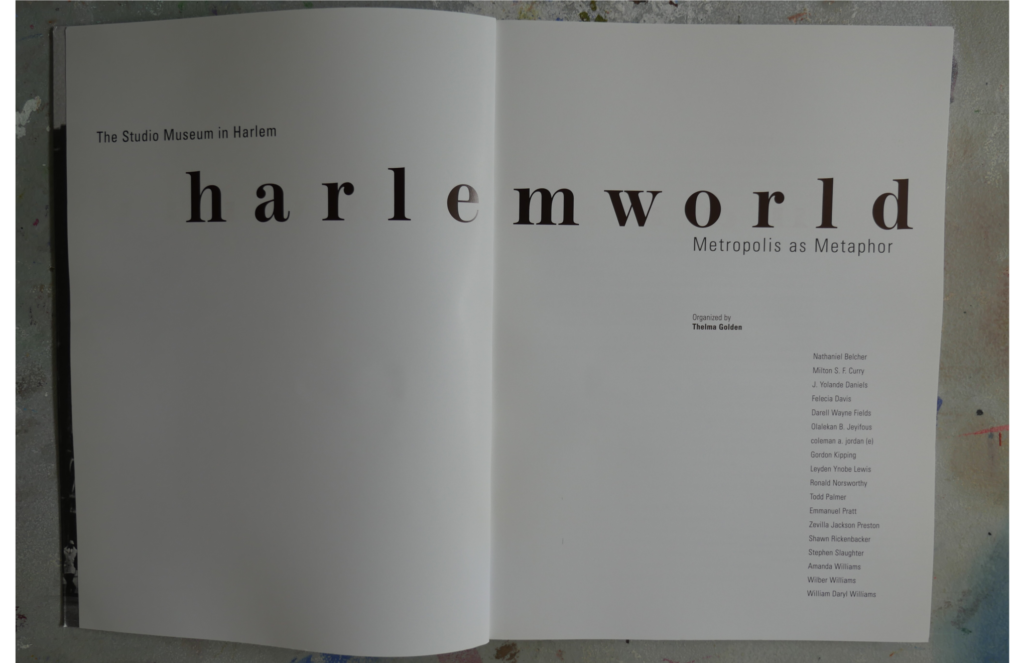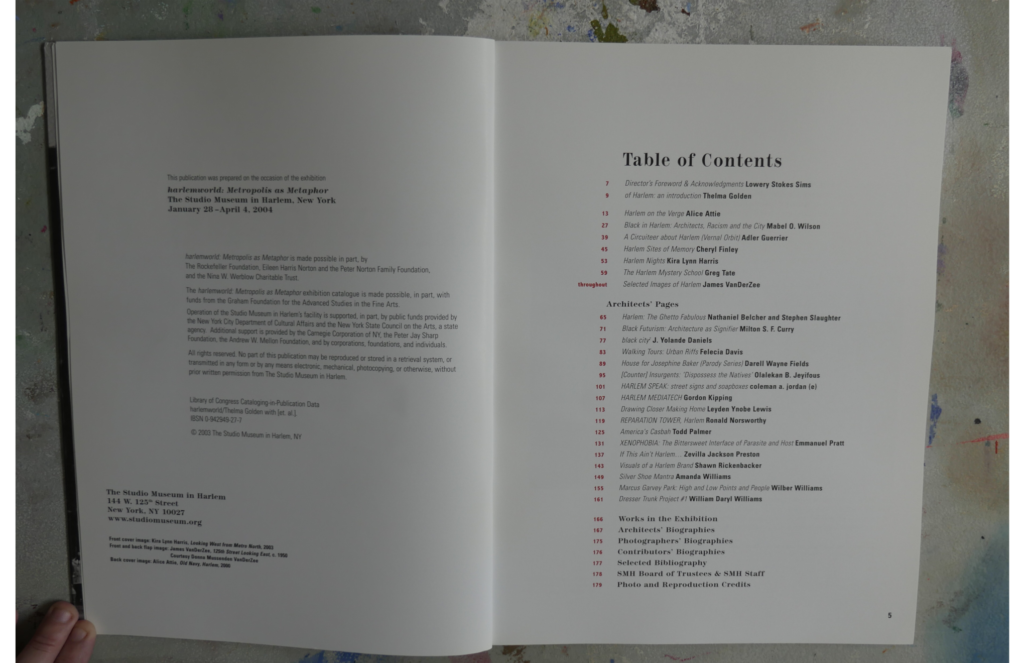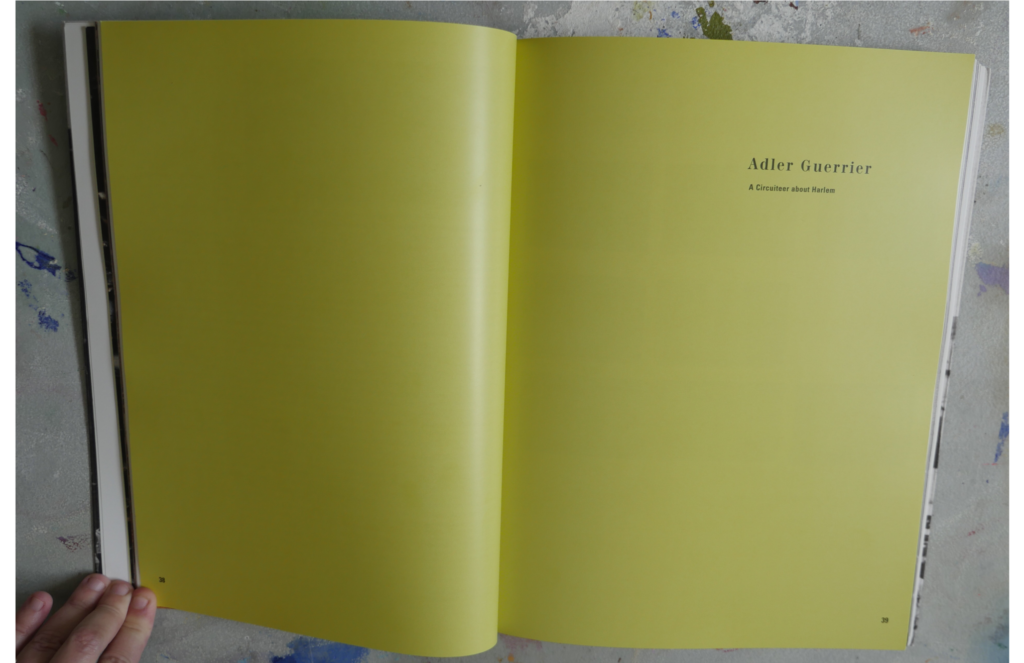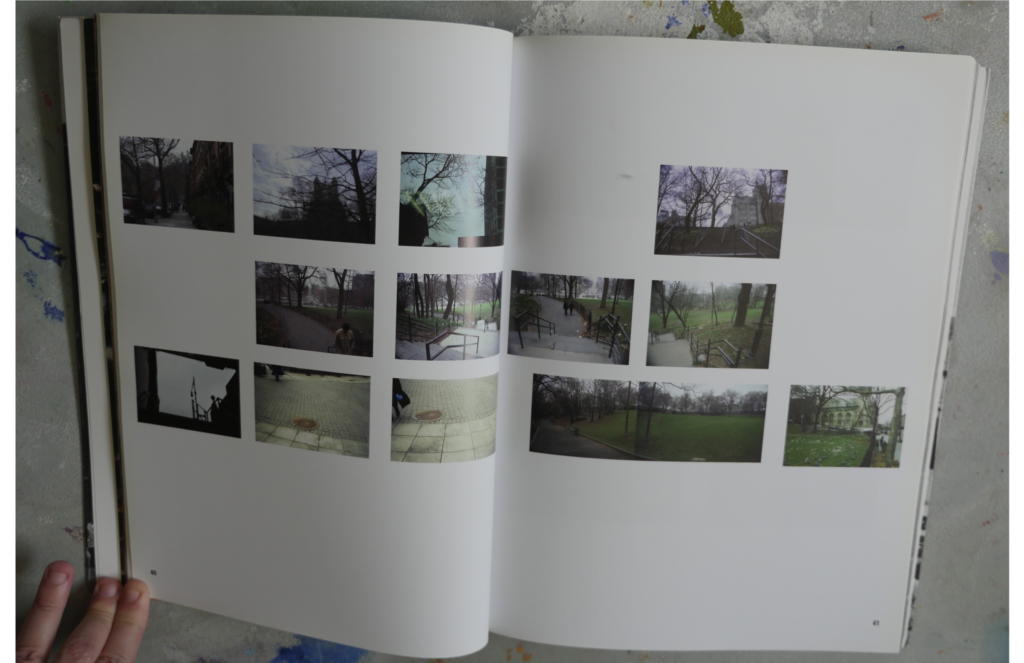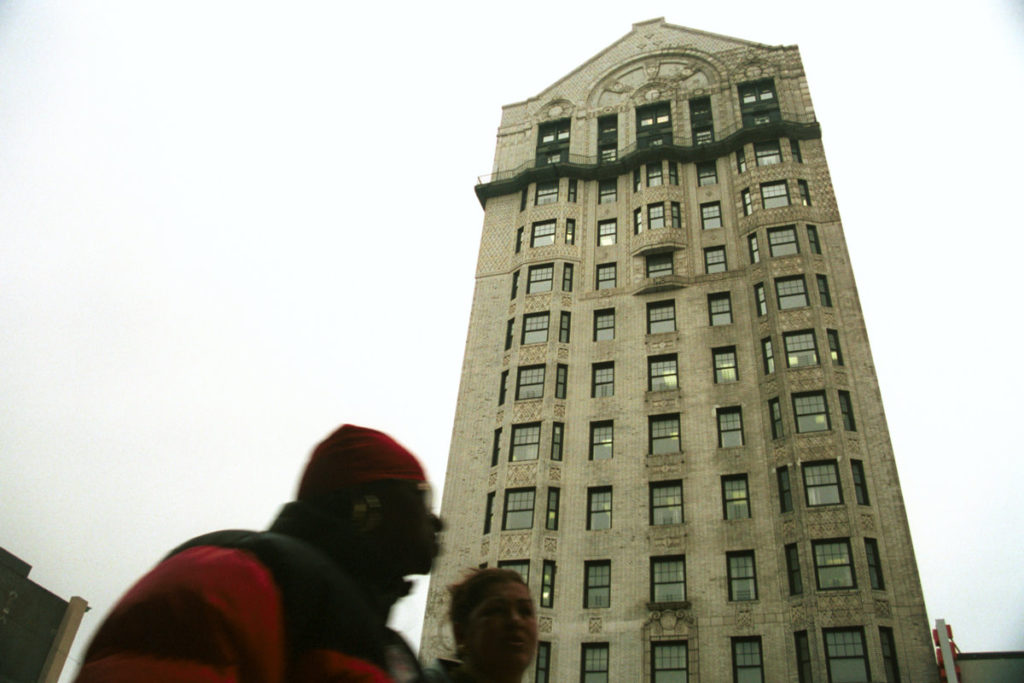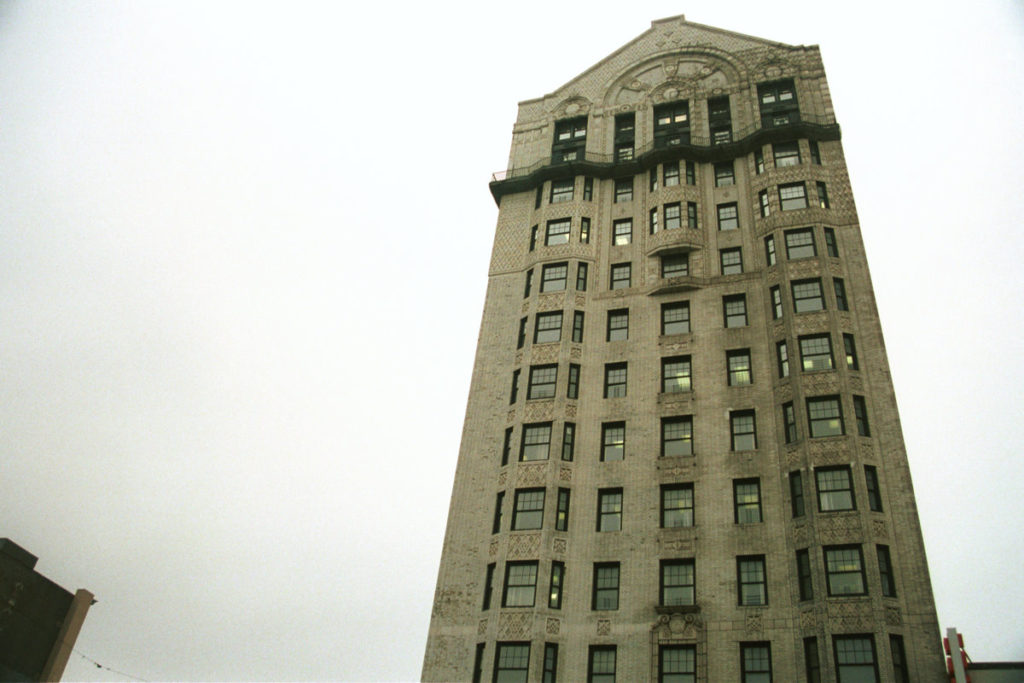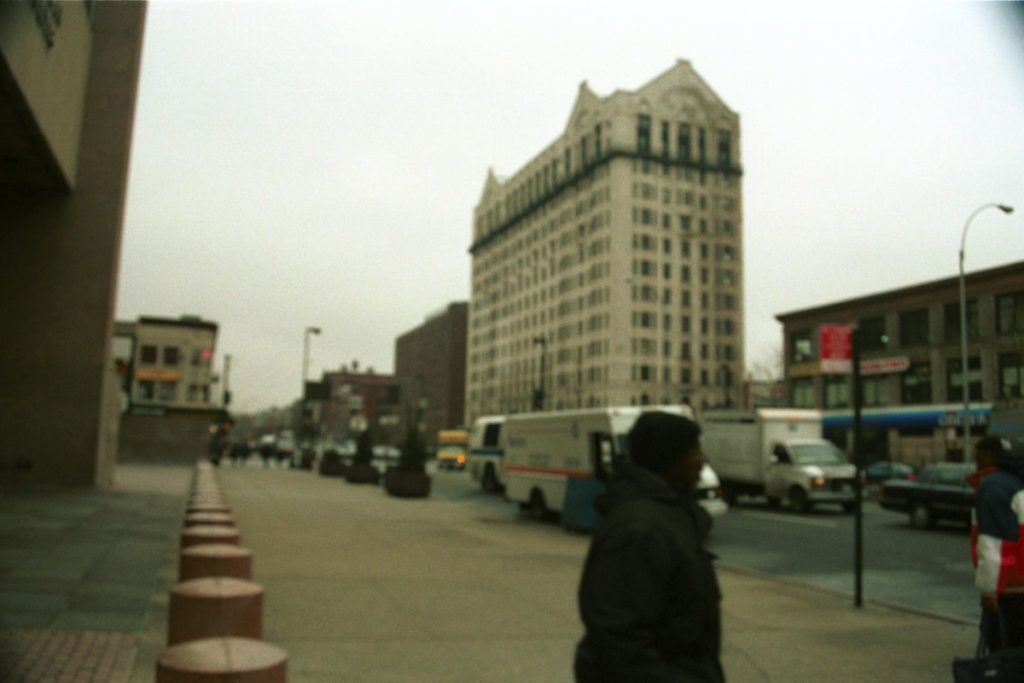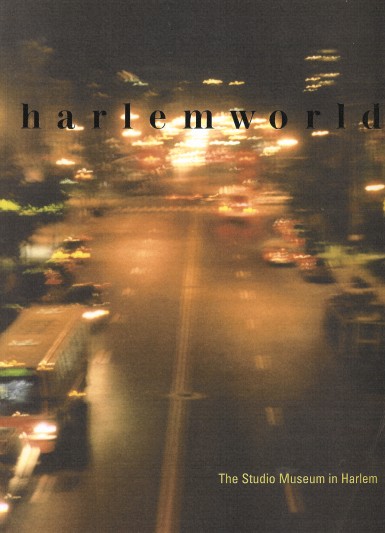
The 20th century delivered a great deal of change for Harlem. Originally developed as a summer alternative to lower Manhattan, Harlem became the center of modern black life in New York City after World War I. During the 1920s, Harlem gained increasing significance as artists, writers, musicians and black intelligencia gathered to create some of the most pivotal work of the last century. After World War II, Harlem entered a period of continued growth along with social and economic challenges that continued for many years to come. This era of transition was marked by efforts toward revitalization that continue today. Likewise, the portrayal of Harlem in pop culture has become increasingly important to the formation of an American identity. From the swinging days of the Cotton Club and Amateur Night at the Apollo Theater to today’s hip-hop music videos, Harlem exists not only as a community of avenues and streets, but also as an active force in world culture.
Organized by Thelma Golden, SMH Chief Curator, harlemworld: Metropolis as Metaphor includes works by eighteen emerging architects that explore the ways that Harlem exists in our imaginations as a site for cultural, territorial, psychological and architectural ideas. The participants were asked to act as informants, and embrace the real and symbolic role that architects have in shaping the texture of a city. harlemworld is a timely project that uses this historic neighborhood as a point of departure to study, discuss and critique the ever-changing face of Harlem. While these projects initiate in Harlem, they move beyond its geographic boundaries to look at similar issues in other urban contexts around the world.
The exhibitions themes are as expansive and diverse as Harlem itself. The contributing architects come from a variety of academic and professional backgrounds. Some of them work in academia, and private or public practices, while others work outside of the formal realm of architecture and bring their training to various media and disciplines. They were chosen for their inspired embrace of multi-media practices and for the creativity and rigor evidenced in their previous endeavors. The architects involved not only bring a multitude of perspectives and approaches to architecture, but they also forge strong connections between visual art, anthropology, sociology, economics, history, technology and popular culture through their practices.
Along with the buildings and structures that help to define Harlem, photography has played a pivotal role in documenting and understanding this neighborhood. Known for his iconic photography of Harlem, James VanDerZee documented the diversity and history of this famous community. harlemworld includes new bodies of work by three contemporary photographers Alice Attie, Adler Guerrier and Kira Lynn Harris, who individually depict an aspect of Harlem’s present as a counterpoint to the works envisioned by the architects.
As context is often critical to understanding contemporary visual culture, all of the exhibitions at the Studio Museum are affected socially, culturally and even aesthetically by being located in Harlem. For this exhibition, the words Harlem and world are joined together with the subtitle Metropolis as Metaphor because this exhibition seeks to understand Harlem beyond the bricks and mortar and territorial designations of the streets and avenues that define Harlem, USA. And as such, it provides a powerful lens to not only re-examine our community but to understand the black urban experience worldwide. harlemworld allows the Studio Museum, which has transformed along with Harlem to offer the institution as a place to engage in the larger cultural, political and intellectual dialogue about this evolving community.
harlemworld: metropolis as metaphor (press release).
Winter 2004: January 28 – April 4
If walls could talk, there would be a distinct murmur in Harlem. Brownstones, churches, and apartments would whisper about old New York’s gentry. Storefronts would reminisce about the times when Harlemites Shim-shamed and Lindy-hopped. An arcaded ballroom would speak witness to the assassination of an activist. And what edifice among us would keep his mouth shut about the looming era of regentrification? Yes, there’s a lot to talk about.
Known for standing on the cutting edge of curatorial practice, Thelma Golden has put her ear to the wall to organize harlemworld. Golden has invited over a dozen of today’s the most compelling black architects to present ideas and proposals for multiple sites around Harlem. These practitioners will contemplate Harlem as a cultural, architectural, territorial, psychological, historic, and economic site. harlemworld will not be limited a presentation of these projects only through traditional model and plan form, but also through photography, video, digital media, and installation.
The exhibition also will include a photography component, with work by James VanDerZee, Alice Attie, Kira Lynn Harris and Adler Guerrier.
Participating Architects
Nathaniel Belcher/ Steven Slaughter
Milton S.F. Curry
J. Yolande Daniels
Felicia Davis
Darell Wayne Fields
Zevilla Jackson Preston
Olalekan B. Jeyifous
Coleman A. Jordan
Gordon Kipping
Leyden Lewis
Ronald L. Norsworthy, II
Todd Palmer
Emmanuel Pratt
Shawn Rickenbacker
Amanda Williams
Wiber Williams
William Williams
Participating Photographers
Adler Guerrier
Kira Lynn Harris
Alice Attie
James VanDerZee
Exhibition catalogue
Publisher: The Studio Museum in Harlem
Author: Thelma Golden
Title: harlemworld: Metropolis as Metaphor
Edition: Volume I
Pages: 120+ pages w/4 page cover (flaps)
All color
Print Run: 5,000
size: 9 x 12 upright
Territories of distribution: USA
Language the catalogue will be printed in: English
Each architect has designed 2 double page spreads for the catalogue, which will also include essays by exhibition curator Thelma Golden, Greg Tate, Cheryl Finley, Mable O. Wilson, and Susan Cahan.
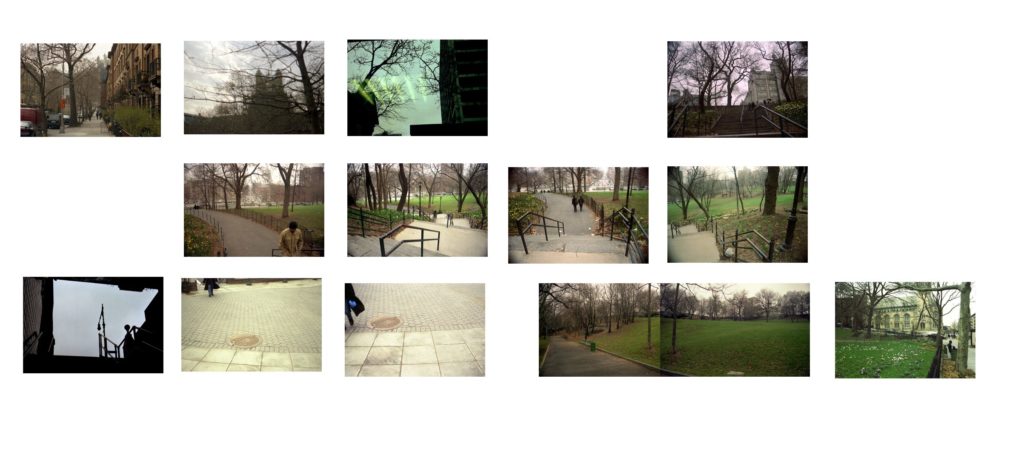
Untitled(A Circuiteer about Harlem, St. Nicolas Park) 2003 Thirteen Chromogenic prints; 16 x 20 inches(12) and 16 x 35 inches(1).
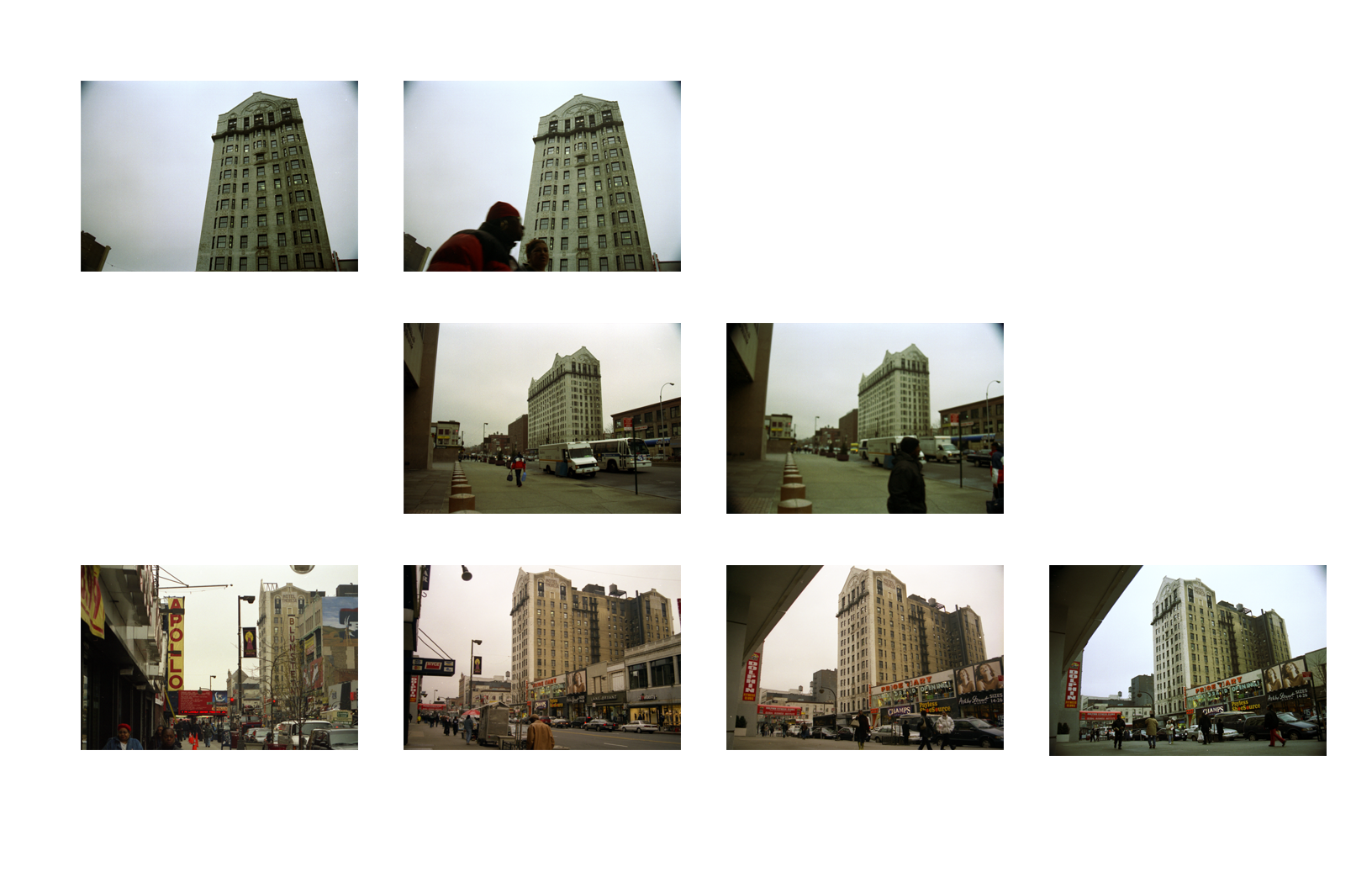
Untitled(A Circuiteer about Harlem, Hotel Theresa) 2003 Eight 16 x 20 inches chromogenic prints.
